Introduction to the Grade characteristics of Katim Coffee varieties description of flavor and taste of Yunnan Katim coffee beans
In 1959, Dr. Dolliveira of Portugal successfully cultivated the Katim variety. This is a cross between Kaddura and Tim. This variety will affect many large producing areas, such as Colombia, Indonesia and Yunnan, China. Let me tell you what the Katim breed is in Qianjie.
What kind of coffee is Katim?
Small seed coffee, belongs to Katim high generation variety, medium dwarf plant, vigorous growth, stable sub-characters, crown bud tender leaves emerald green, the whole plant leaf color dark green, plant-shaped columnar, short internodes, many branches, exuberant growth, wide adaptability, strong drought resistance, a certain degree of cold resistance, under the medium management level, the average dry bean yield is more than 200 kg. Katim (catimor): Katim is not pure Arabica blood, it is a hybrid of Timor Tim (belonging to Robbsta) and caturra Kaddura (Bourbon), so Katim has 25% Robbsta pedigree, and its Robusta pedigree also determines its taste defects: the aroma is not rich enough, and the overall taste is bitter, prone to astringency and more irritating mildew.
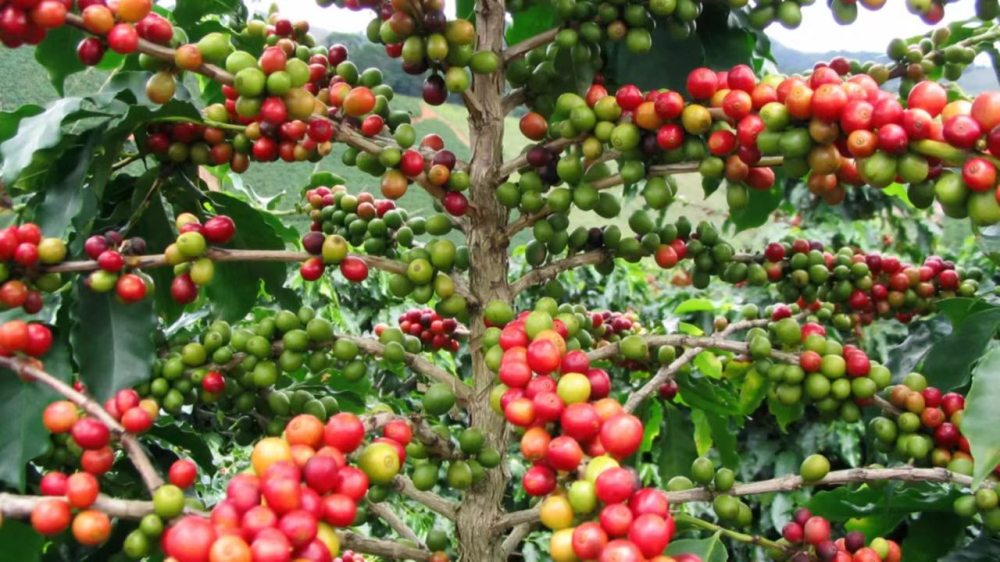
Katim is in Colombia.
Qianjie learned from reading materials that around 1980, Colombia introduced a variety of Katim with strong disease resistance and high yield to replace the old, weak, sick and disabled Kaddura. Colombia decided to call this variety by its national name, so the coffee variety "Colombia" actually refers to Katim.
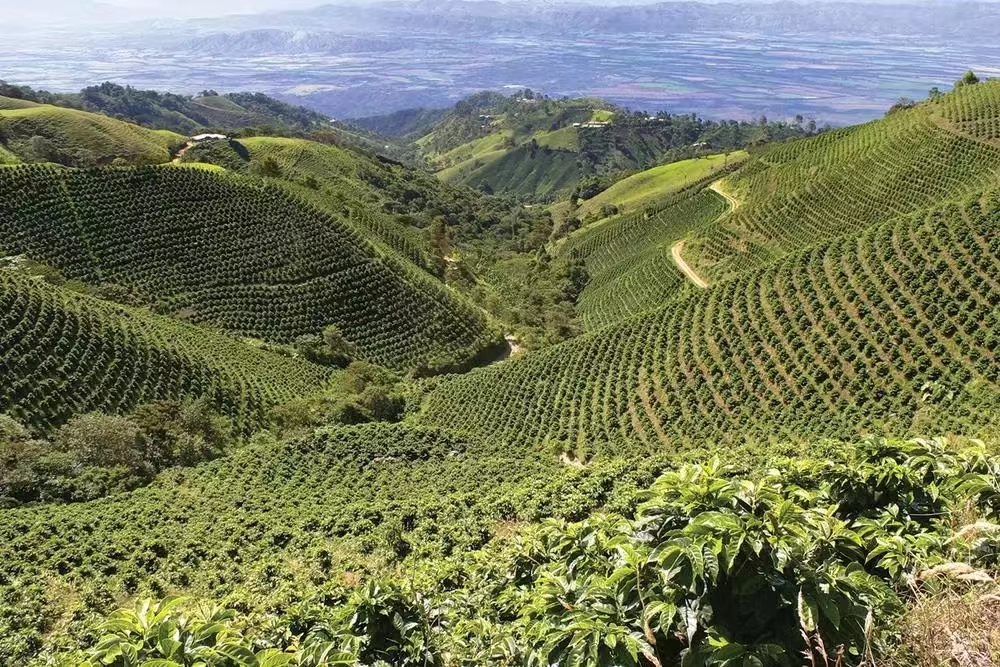
Of course, after Katim went to Colombia, he still remained in a state of dirt and bad taste. So in 2008, Colombia announced that it had bred a backcross variety between "Colombia" and Kaddura, named Castillo.
Katim is in Indonesia.
Indonesia is a melting pot producing area with complex varieties. In 1980, the Indonesian authorities brought in a batch of Katim to plant in central Aceh, but due to the political turmoil in Aceh, no outside bean merchants have entered the land for many years. More than 30 years after taking root in Aceh, Katim became a local variety. The local farmers' association calls these coffees Ateng. Ateng was later extended to other parts of Sumatra, where Ateng is called Katim in Indonesia. Today, the variety of golden manning coffee beans is Ateng.
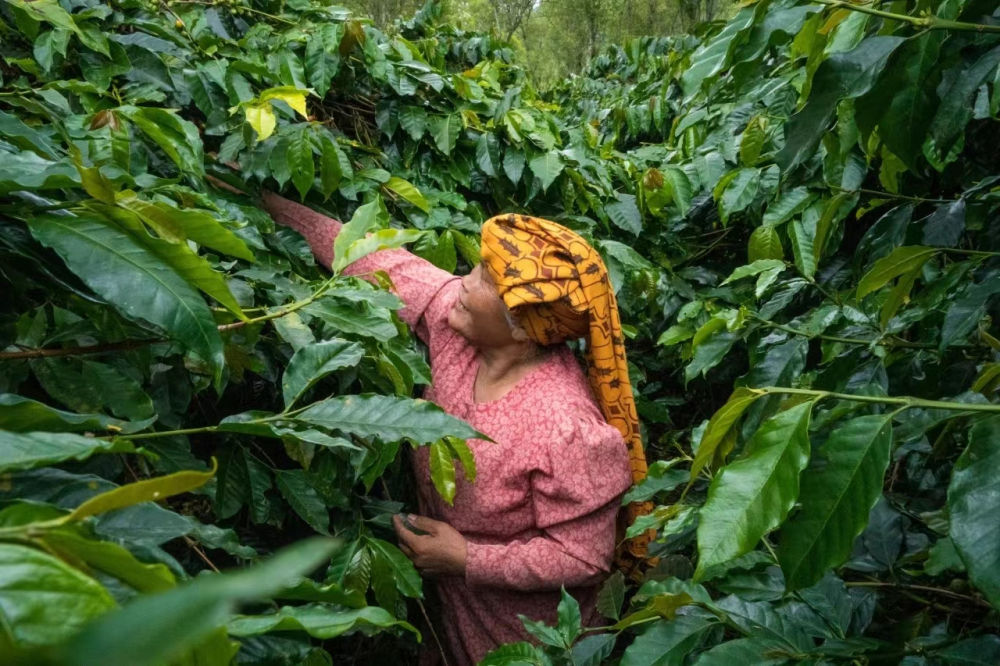
Katim is in Yunnan, China.
In 1988, 1991 and 1994, Nestl é introduced Katim 7963, Katim P1, P2, P3, P4, T5175 and T8667 from the Portuguese Coffee Rust Research Center. Today, 99% of Yunnan's coffee is made of Katim.
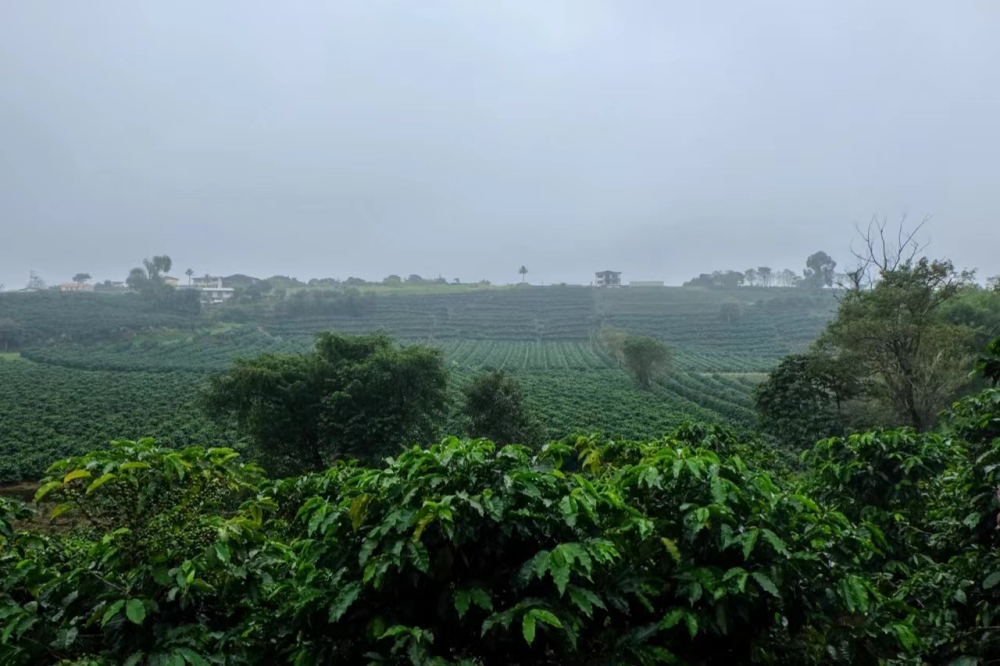
So when we talk about Yunnan small-grain coffee today, we actually refer to the Katim variety. Qianjie believes that the flavor of coffee beans does not have a fixed sign to distinguish between the good and the bad. We can't measure Manning by the sign of Rose Summer flavor, because these two kinds of coffee have their own characteristics. Therefore, the coffee beans in each coffee producing area should feedback the local flavor of this producing area.
Qianjie Coffee will include whether it has the characteristics of producing areas in the reference option when selecting coffee beans. Qianjie's rations bean series is also based on this reference standard, selecting some coffee beans that represent the basic flavor of a country. On behalf of Yunnan, China, Qianjie chose a water-washed Katim from Baoshan.
Qianjie said that Katim is almost always planted in Yunnan at present, so this variety can best represent the producing areas of Yunnan. Baoshan producing area as a relatively long coffee growing area in Yunnan, its quality is the best in Yunnan. Washing treatment reflects the most basic flavor of a production area.
Qianjie Coffee Yunnan small Coffee beans
Producing area: Baoshan, Yunnan
Altitude: 1200m
Variety: Katim
Treatment: washing treatment
Flavor: herbs, nutty, chocolate, caramel
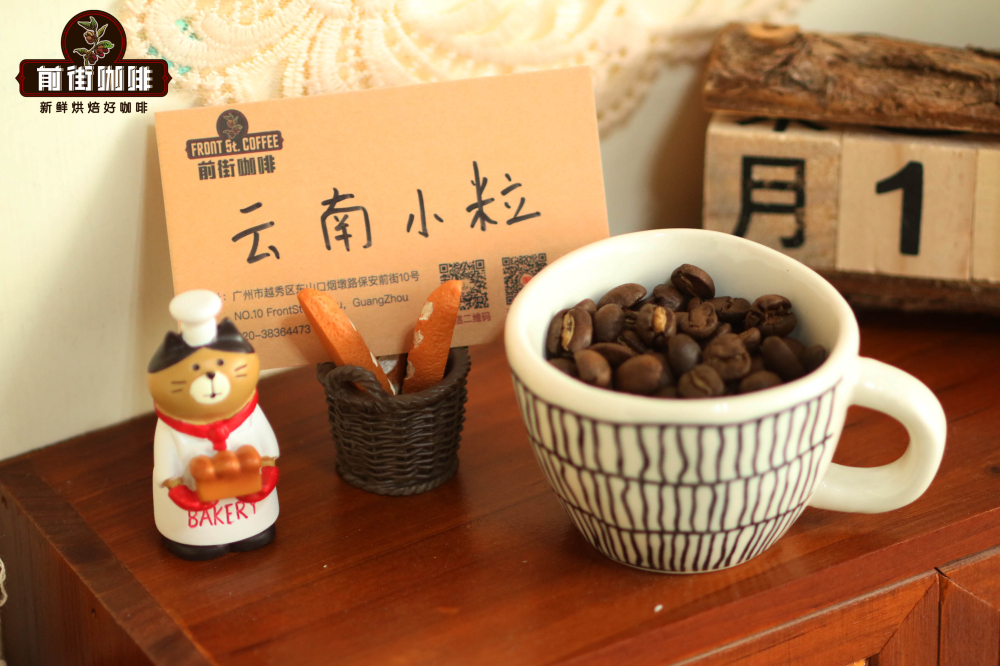
The front street hand rushed the suggestion.
The V60 conical filter cup is recommended in the front street. V60 cup mouth is relatively large, coupled with its unique spiral curve ribs, so that the air can be discharged more easily to improve the extraction quality. The taste may not be thick enough, but its high concentration brings out the acidity and obvious aroma of Yunnan coffee is one of its major features.
Filter cup: V60
Water temperature: 90 ℃
Powder / water ratio: 1:15
Degree of grinding: medium and fine grinding, that is, the thickness of fine sugar (75% of the pass rate of Chinese standard No. 20 screen)
Flushing and cooking technique: segmented extraction.
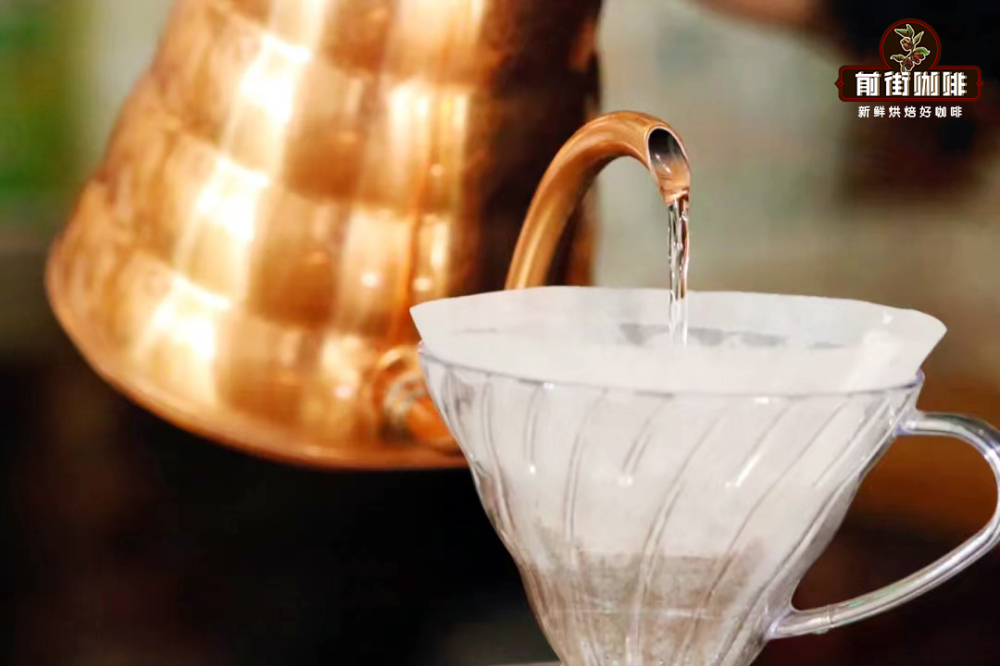
Steam with 30 grams of water for 30 seconds, small flow circle injection to 124 grams, continue to inject water to 227 grams when the water level is about to be exposed to the powder bed, remove the filter cup when the water level is about to expose the powder bed, and the extraction time is 2 minutes.
Yunnan small coffee beans flavor description: plums, nuts, chocolate, caramel

Professional coffee knowledge exchange more coffee bean information please follow the coffee workshop (Wechat official account cafe_style) more boutique coffee beans please add private Wechat Qianjie coffee, WeChat: qjcoffeex
Important Notice :
前街咖啡 FrontStreet Coffee has moved to new addredd:
FrontStreet Coffee Address: 315,Donghua East Road,GuangZhou
Tel:020 38364473
- Prev

Coffee flowers are deeply attracted by the magic and gorgeous skills of coffee flowers during the coffee show.
Professional coffee knowledge exchange more coffee bean information please pay attention to the coffee workshop (Wechat official account cafe_style) Coffee flower is the process of making leaves or other patterns on the original cappuccino or latte. In fact, there is no very clear literature about the origin of coffee flower, only that it was in Europe and the United States at that time. The coffee flowers are all shown during the coffee show.
- Next

What are the reactions during coffee roasting? What do caramel reactions and Maillard reactions refer to?
Before the coffee beans are roasted: the work that must be done is to make the water content inside the raw coffee beans more evenly distributed, which is why the raw beans are put in the warehouse after processing. Only coffee beans with a moisture content of about 12% and a stable state can be exported in coffee trade. Only when the water content of raw bean is uniform can the heat conduction and overall water evaporation be more uniform.
Related
- Beginners will see the "Coffee pull flower" guide!
- What is the difference between ice blog purified milk and ordinary milk coffee?
- Why is the Philippines the largest producer of crops in Liberia?
- For coffee extraction, should the fine powder be retained?
- How does extracted espresso fill pressed powder? How much strength does it take to press the powder?
- How to make jasmine cold extract coffee? Is the jasmine + latte good?
- Will this little toy really make the coffee taste better? How does Lily Drip affect coffee extraction?
- Will the action of slapping the filter cup also affect coffee extraction?
- What's the difference between powder-to-water ratio and powder-to-liquid ratio?
- What is the Ethiopian local species? What does it have to do with Heirloom native species?

